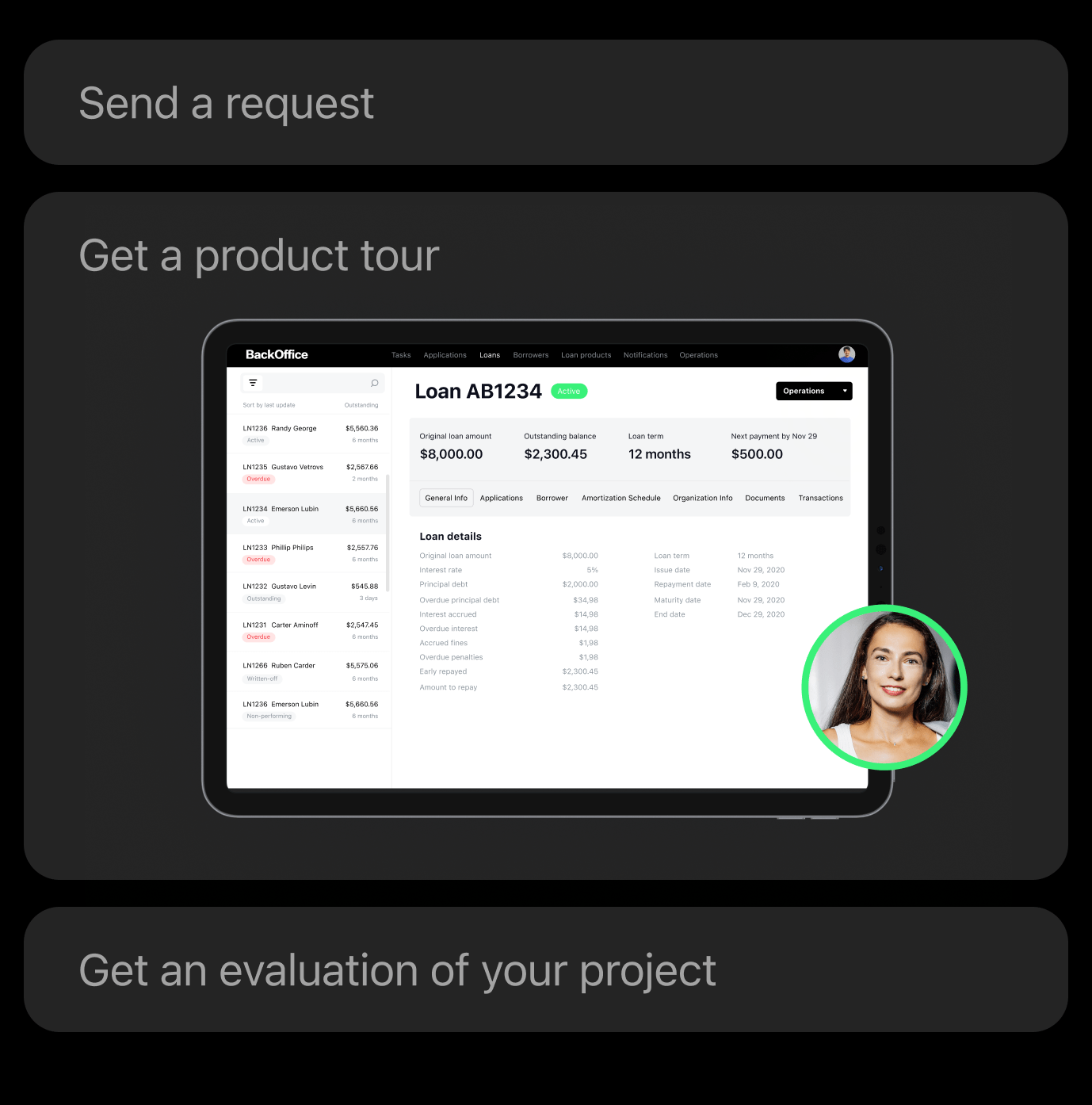Did you know that the history of credit checks dates back to 1841? No? Well, you’re in for a knowledge treat. Back then, the credit check bureau, known as the Mercantile Agency, was founded, ringing in the dawn of consumer credit worthiness. At first, such agencies gathered and stored data about potential borrowers. This approach was widely adopted.
However, it wasn’t until the 1960s that credit scoring as we know it today began with the initiation of the very first consumer lending solutions. Computers revolutionized the credit scoring industry. The FICO (in its early form) was founded, and credit checking businesses first used tech to evaluate the creditworthiness of their clients.
Credit Scoring Integration: How to Upgrade Your Loan Origination Software Unfortunately, not much has changed since then. Technology may have advanced, but credit checks continue to follow much the same formula as they always have done: via amounts owed, new credits, payment history, credit mix, and length of credit history. However, with a rise in new evaluation methods and technology, creditworthiness checks could be set to undergo a new major shift. Enter social credit scoring.
Although a questionable HR practice, it’s become quite commonplace for employers to check out future hires on social media. With the growth of social media in general, many questions about why this should apply to the credit industry. After all, what better way to evaluate a potential borrower than by seeing their real-online life? Social credit scoring could potentially be an additional factor in alternative lending practices – part of a set of tools to establish a person’s creditworthiness aside from the usual FICO metrics.
Of course, social credit scoring isn’t just about making rash decisions based on a social media page. Instead, it involves casting a wider net and assessing other information about the client regarding their online presence. For example, a social media credit score check could involve:
- Identity verification—does their identity match their online presence?
- Borrower’s behavior—are there any concerning patterns in their online activities, spending, etc.?
- Customer’s reputation—are there any issues with payments or other worrying behavior (i.e., bragging about non-payment)
Generations Online Banking: How to Adapt Lending for Boomers, Millennials & Gen Z Additionally, such social media credit score tools aren’t just limited to assessing potential clients and their online behavior. They can also be used to take advantage of market opportunities. For example, adapting communication style to fit the client’s background/needs or evaluating which offers may be most suitable for this particular client.
It’s clear that social media credit scoring offers an alternative to the current status quo. But why is this so important? Isn’t the current system working just fine? Except, it doesn’t. The current system doesn’t work for everyone, and many credit-worthy clients are falling through the cracks. This is just one reason why the alternate lending industry is growing at a CAGR of 2.45% and set to be worth $407.8 billion in the next five years.
How SME Lenders Can Tackle ‘Invisible Borrowers’ with Alternative Data But it isn’t the only reason. Alternative lending systems and scoring methods have efficient applications in both developed and lower-economically-developed countries where showing traditional evidence could be problematic.
- Example 1: a student is applying for university, but their family is traditional farm workers who don’t have a regular income or are easy to define but always pay their debts.
- Example 2: a couple works in an industry where it is normal to switch jobs every 1-2 years for career growth. Their salary has grown steadily, but job stability is an issue.
- Example 3: an ex-pat lives in a country other than that of their birth. They work and pay taxes but don’t have a credit history to apply for a microcredit business loan.
All these cases and more could benefit from alternative lending scoring solutions, such as the one offered by social media score solutions. While it’s clear that social media scoring could help even the credit scoring scoreboard for borrowers, what are the benefits for companies employing such tools?
- Helps with risk management — even if a client ticks all the general boxes, social credit scoring could help give a more in-depth insight into their spending and behavioral history.
- Saves time — assessing a client’s creditworthiness is a challenge, and, in this case, the more tools, the better. By automating alternative lending solutions, such as a social media score checker, the lending provider can have a better grasp on their client and their activity.
- Improves lending strategy — at the same time, credit risk datasets, when combined with social assets, can deliver a wider range of data and help establish lending rates and whether to lend at all.
Of course, no solution is perfect, and it is the case for social credit scoring too. Just like traditional FICO scores are problem-ridden, social credit scoring has some challenges too:
- Can distort a potential lender’s score — conversely, the opposite can be true as well. A client can have a traditionally healthy score but become negatively affected by a social score in certain circumstances or if data is calculated incorrectly.
- May rely on weighting — for example, if many of an individual’s friends are seen to be creditworthy, this may raise the credit worthiness of an individual. However, the opposite is also true, even if this is not the case at all. For this to work, AI solutions would need to deeply explore interactions and weighting of data to ensure its accuracy.
- Moral challenges — just as the ethical questionability of HRs diving through a person’s socials, so too is social scoring. If done without an applicant’s consent or even in certain circumstances, it could prove problematic.
- Ethical and behavioral issues — when a consumer knows they may be ranked on their social score, this can automatically impact their behavior. Perhaps they may be more selective in their friends or may try to tweak their social media to present the best view of themselves. Either way, such results will prove ineffective for lending providers as they are based on false data.
Alternative scoring tools and why you need them
How to Choose the Top Loan Origination System for Your Business As you can see, social credit scoring is still quite controversial and risky tool to use. Even though it may be a perfect solution for some businesses, there are tons of other great tools on the market today to help your business realize its goals. For example, small MFI software can help you make the best investments, or an AI scoring model can help you upgrade your current lending strategy. Let’s take GiniMachine.
GiniMachine is a smart AI-based decision-making platform. It delivers no-code technology to its users to help them make smarter business decisions, including lending decisions. When it comes to credit scoring, GiniMachine is able to analyze all types of data including alternative data that delivers on decision-making potential. In doing so, it is able to construct unique models and minimize bad loans, by using smarter tactics to assess loan applications.
Onboarding alternative lending solutions, especially those that have been proven to work, can have a tremendous impact on your business. Such technology gives you the power to assess a wider variety of applicants more effectively while minimizing your risk as a provider.
If you’ve decided that social credit scoring is right for your business, or even if you’re still on the fence, the next step is to dive right in and talk to the right people. Reach out to the team at HES, and we’ll help you make the choice that will meet your business needs.













